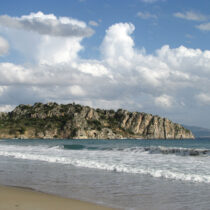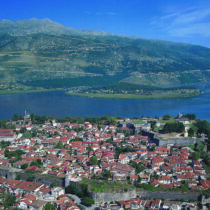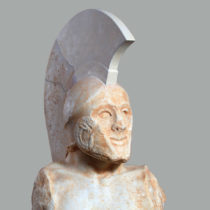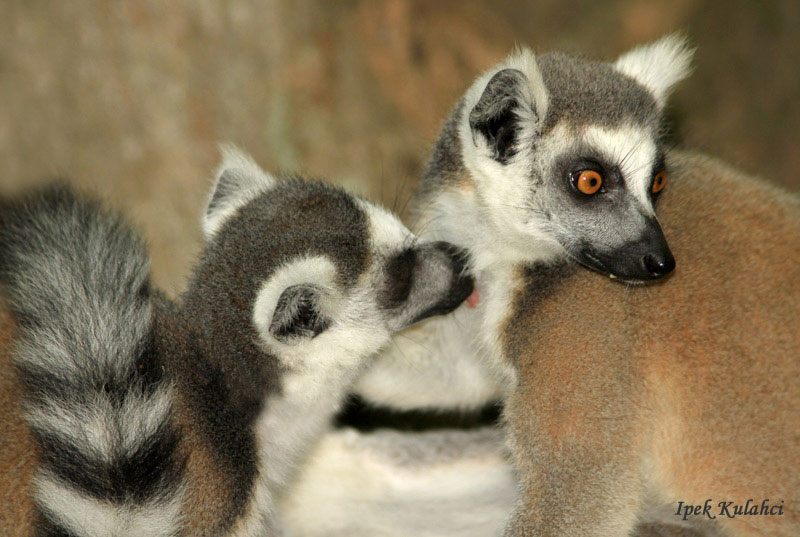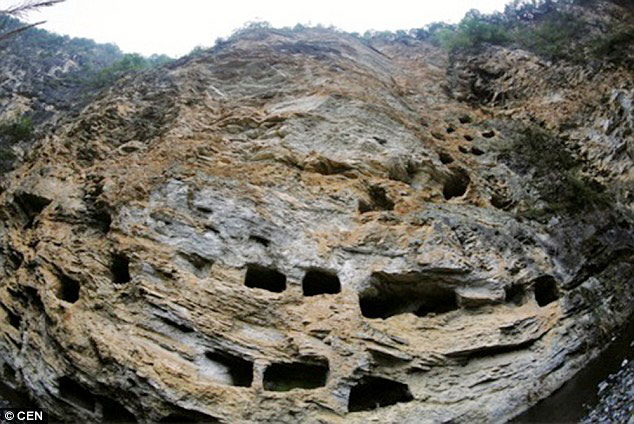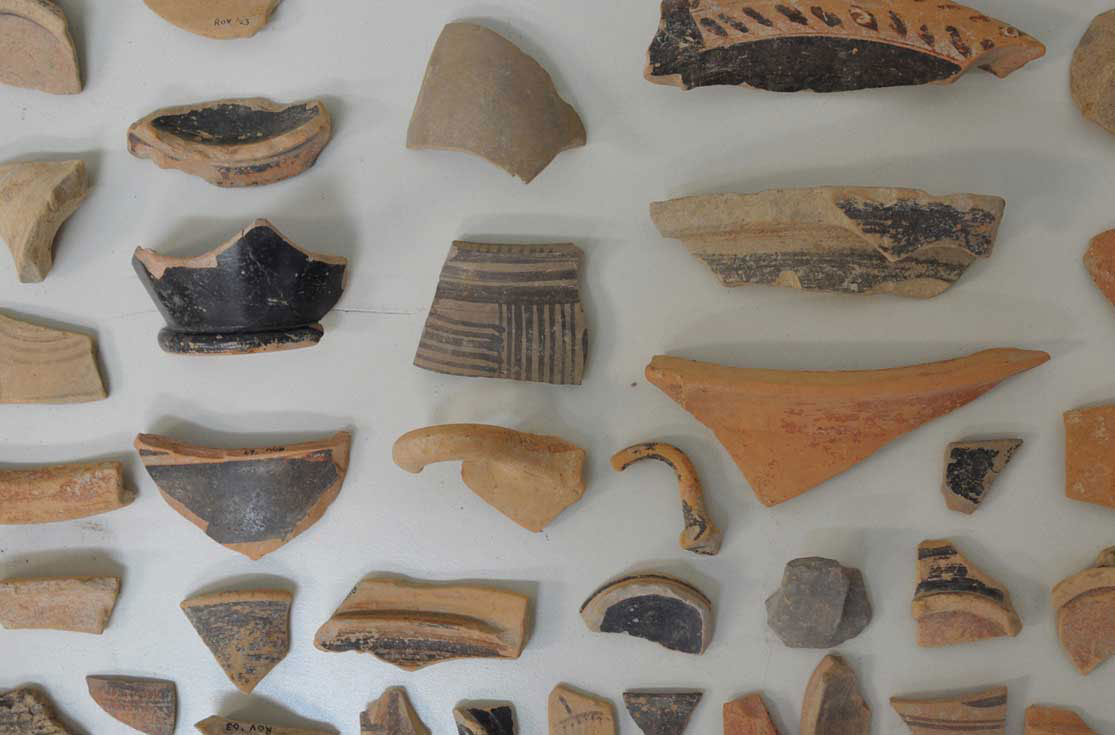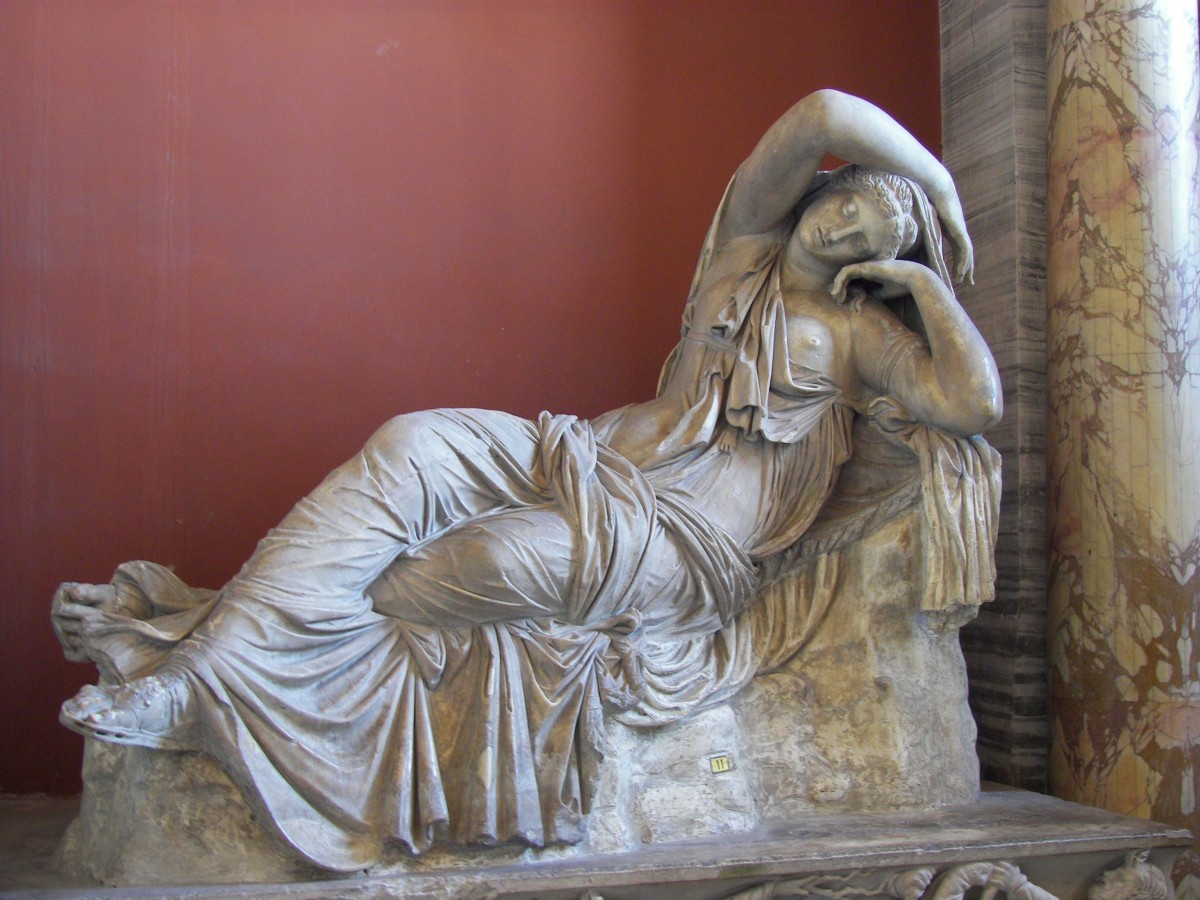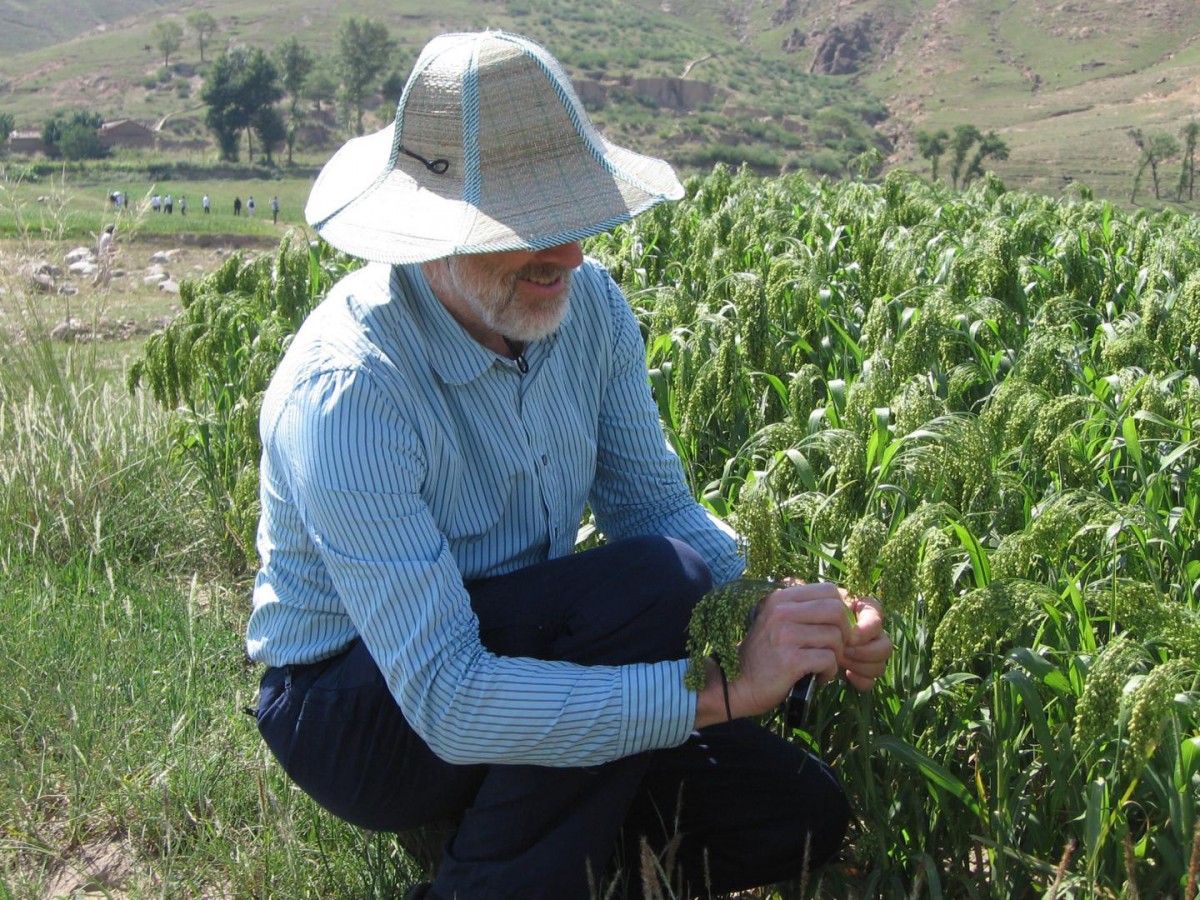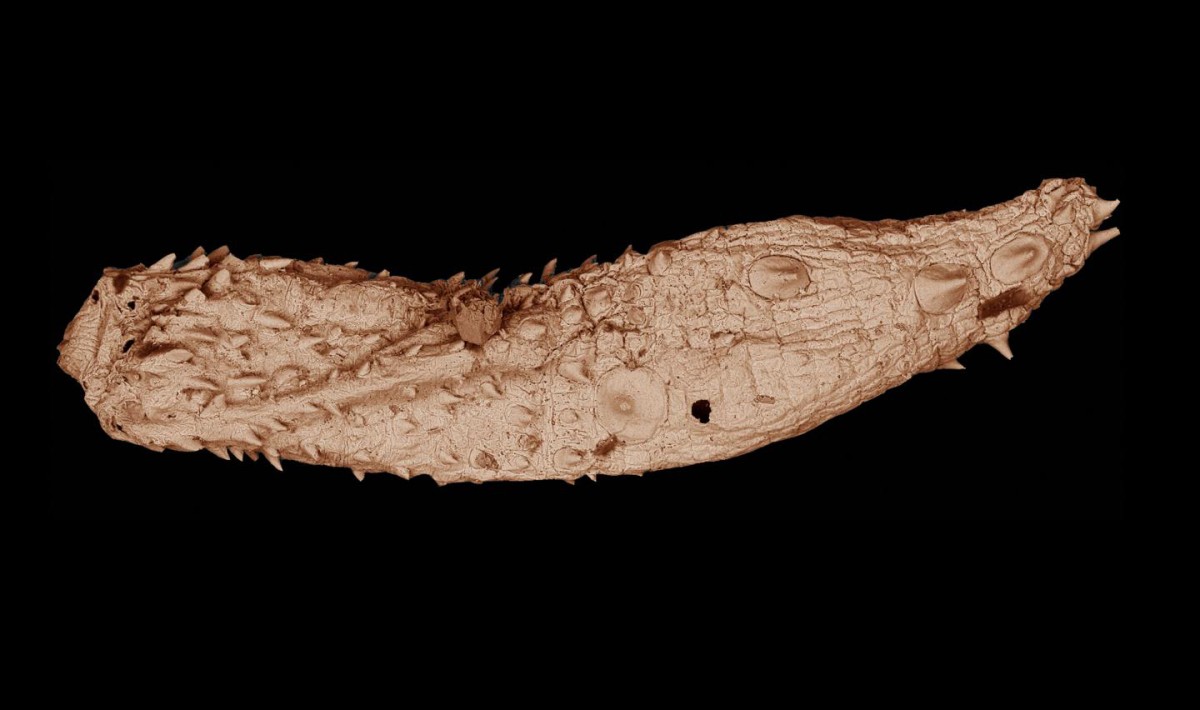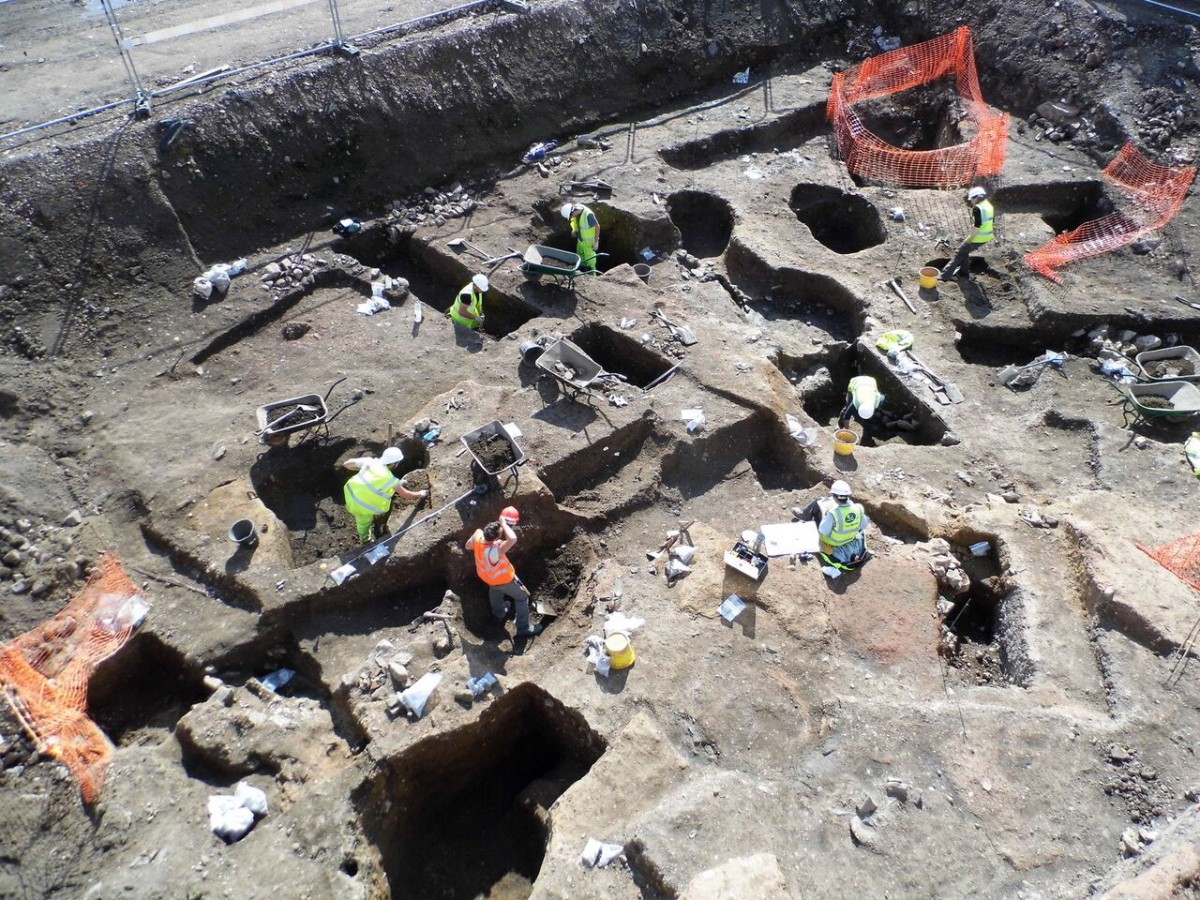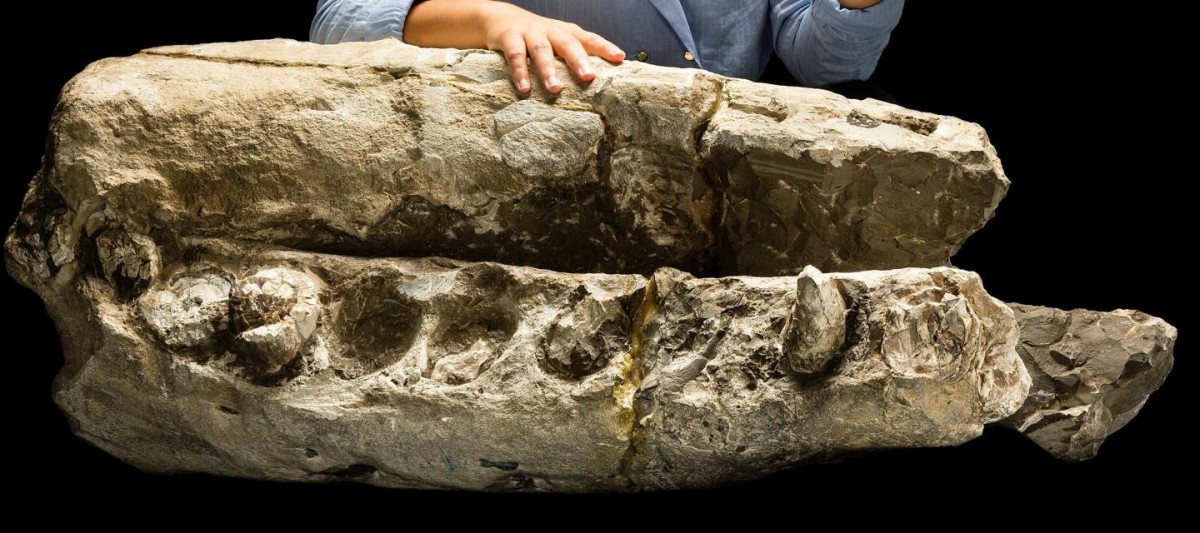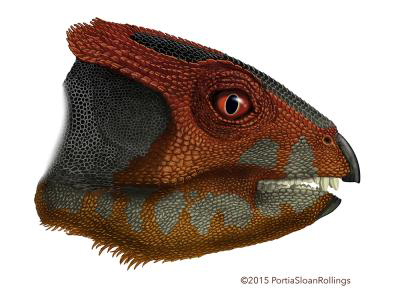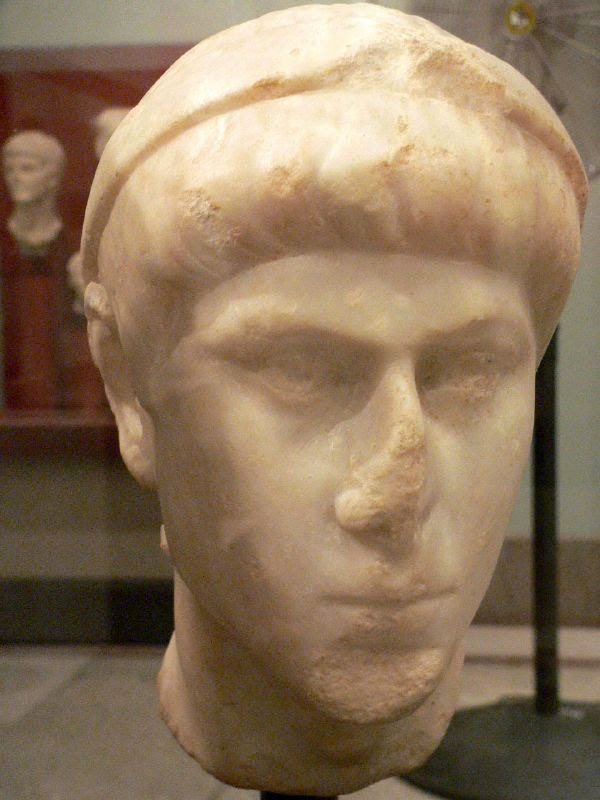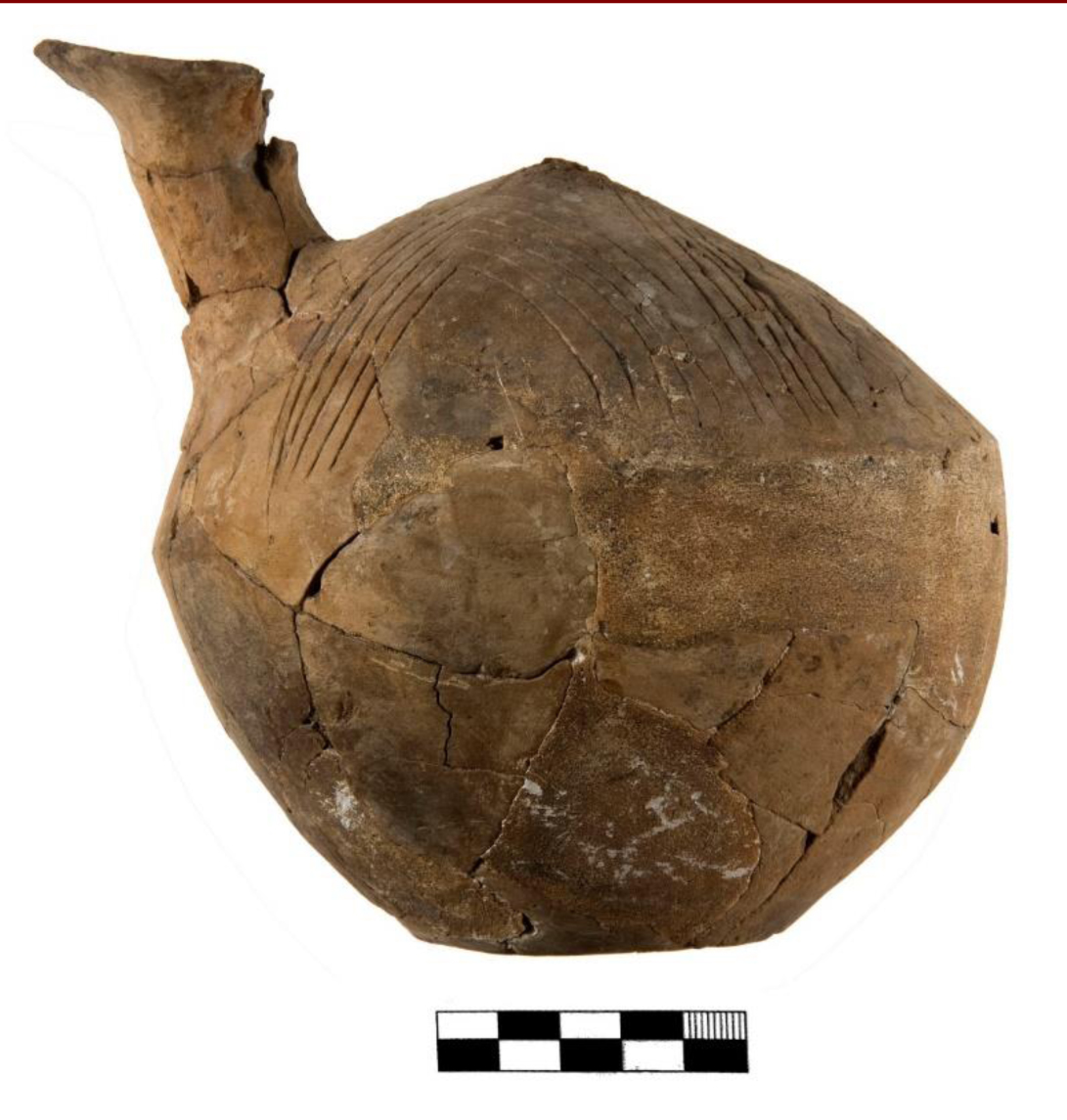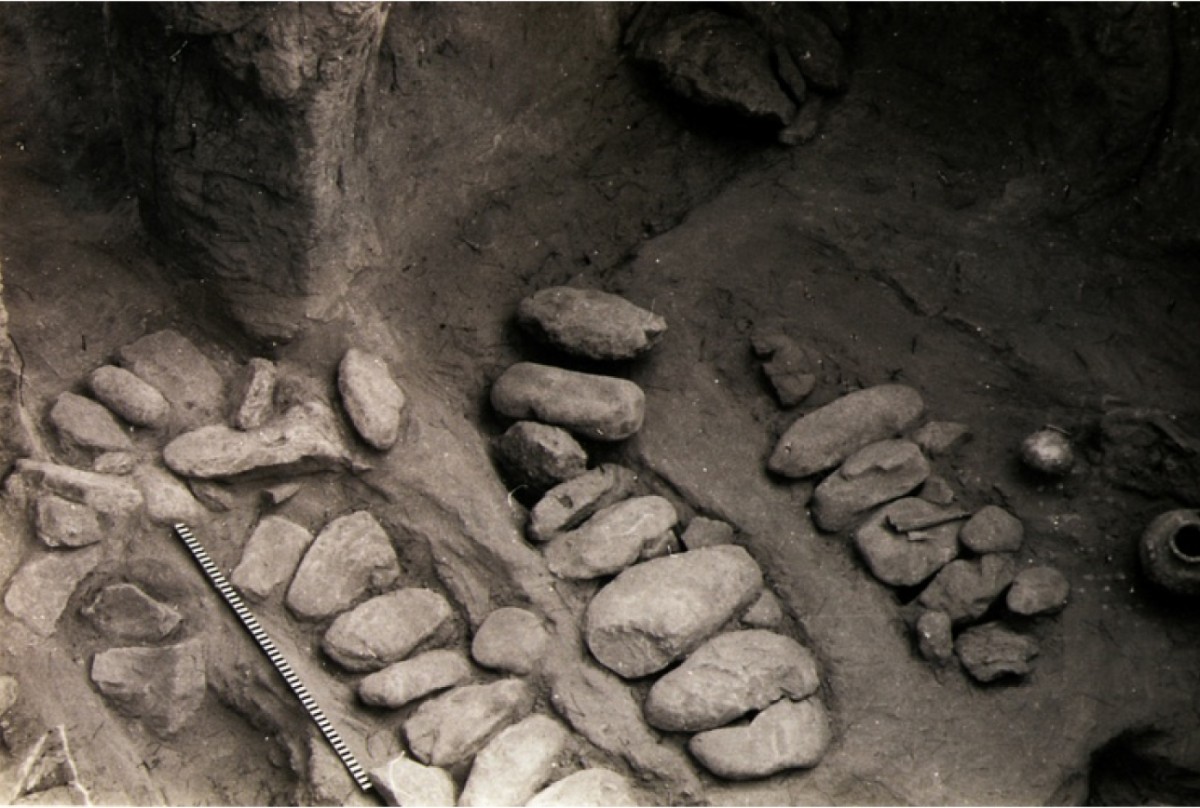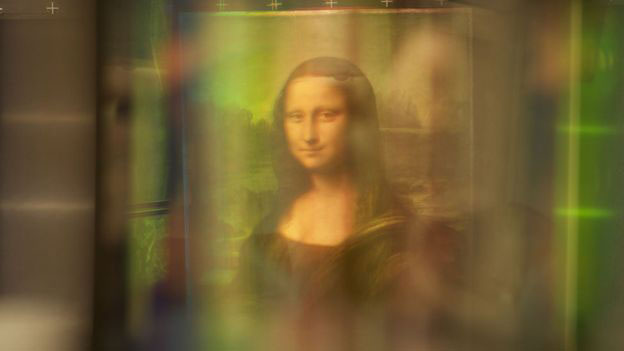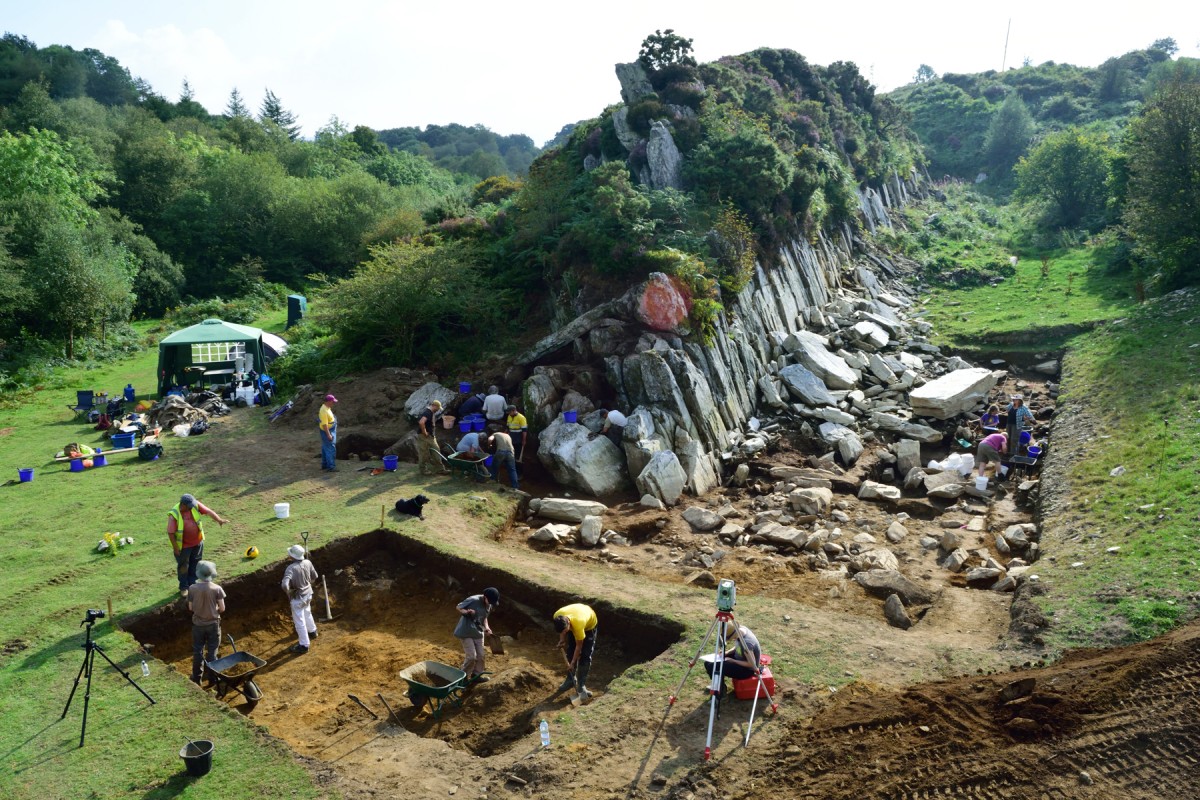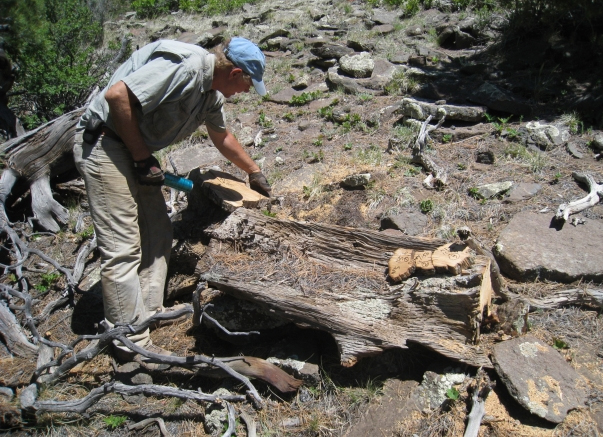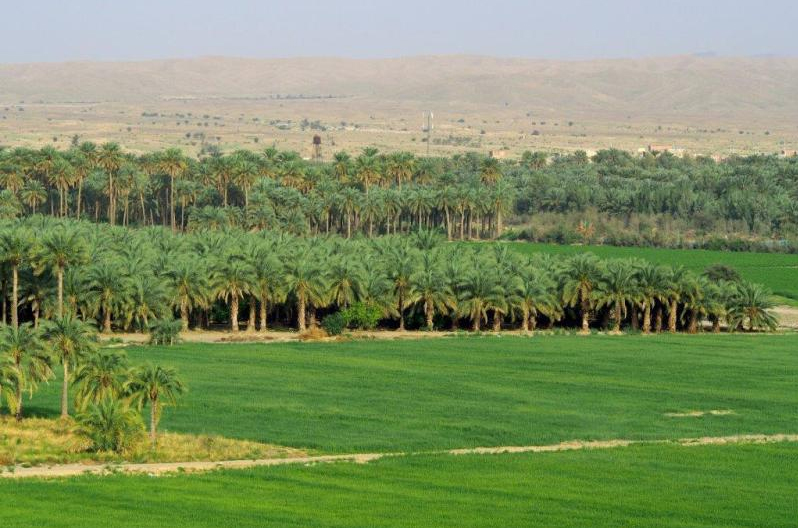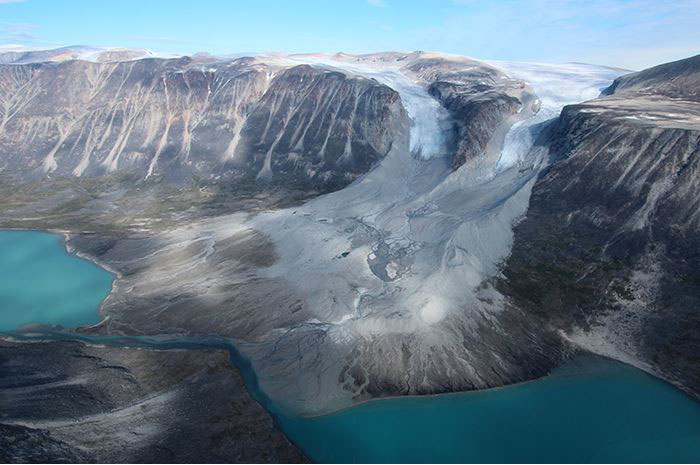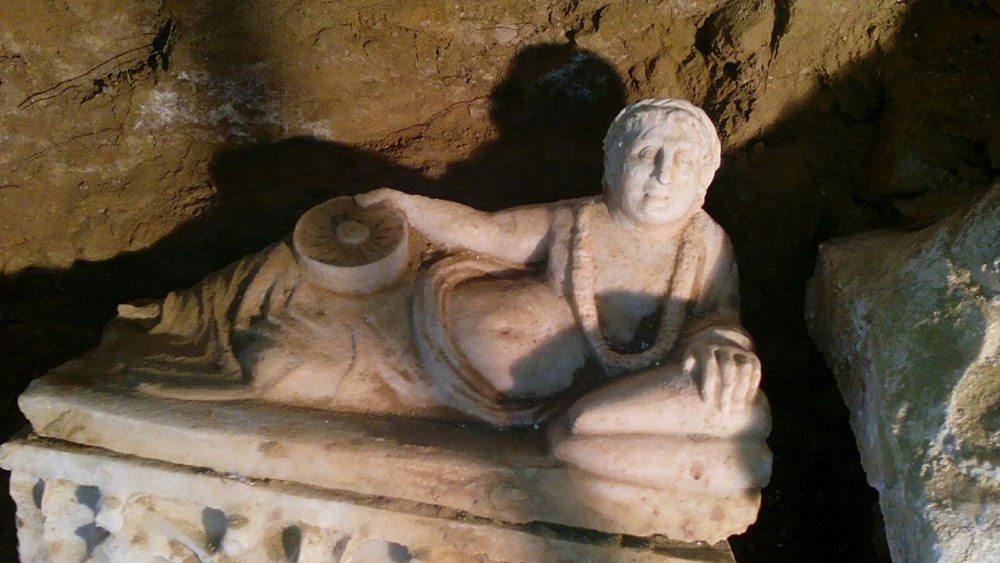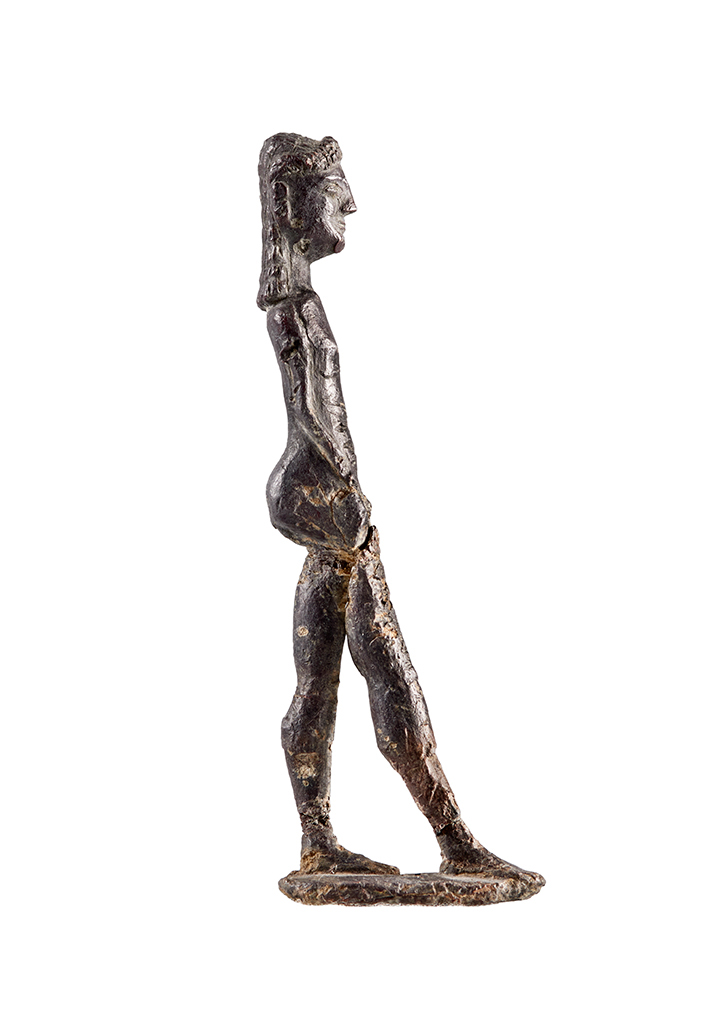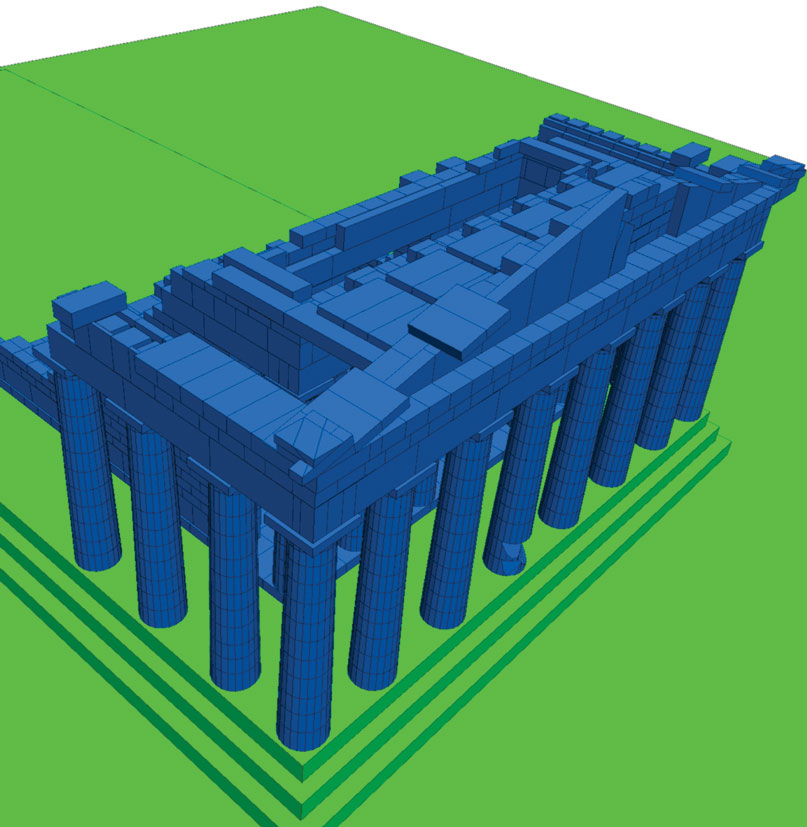Chitchat and small talk could serve an evolutionary need to bond with others
Princeton University researchers report in the journal Animal Behaviour that social primates use vocalizations far more selectively than scientists previously thought.
Hanging coffins in China
A large cluster of 1,200-year-old hanging coffins have been found in the Hubei province of central China.
Postgraduate Course in Prehistoric, Greek and Roman Pottery
This intensive course gives participants a unique opportunity to gain hands-on experience with one of the major pottery sequences in Greece.
Humans Evolved To Get Better Sleep In Less Time
Researchers from Duke University found that humans are exceptionally short sleepers whereas other primate species need as many as 14 to 17 hours.
Hunter-gatherers to farmers: The missing link
The domestication of millet in North China around 10,000 years ago created the perfect crop to bridge the gap between nomadic hunter-gathering and organised agriculture in Neolithic Eurasia.
Scientists discover 530-million-year-old fossils of ancient, microscopic worms
A team of Virginia Tech researchers have discovered fossils of kinorhynch worms - commonly known as mud dragons - dating back more than 530 million years.
New evidence of Roman, medieval Leicester unearthed
University of Leicester Archaeological Services’ excavation of Southgate reveals 12th-16th century buildings and Roman remains below them.
Scientists reanalyzed ‘white whale’ fossil
Researchers re-analyze 15-million-year-old sperm whale fossil, find 'white whale'.
Triceratops gets a cousin
The Ceratopsia family is growing again. Researchers have described a new species of plant-eating dinosaur, Hualianceratops wucaiwanensis.
A Themistian achievement. In tune with imperial propaganda
Themistius kept himself centre stage in the political and cultural life of the capital city of the Eastern Roman Empire. What was it about his work that attracted imperial attention and admiration and sometimes even unrestrained enthusiasm?
“Cycladica” from Heraion and Miletus
Cycladic Seminar by Professor Wolf-Dietrich Niemeier and Associate Professor Ourania Kouka.
Ancient Olympia and the surrounding area during the Late Bronze Age
Mycenaean Seminar by Dr Konstantinos Nikolentzos.
Scientist says there is a hidden portrait underneath the Mona Lisa
A French scientist claims to have found a portrait underneath the Mona Lisa, causing controversial reactions among specialists.
Stonehenge ‘bluestone’ quarries confirmed 140 miles away in Wales
Excavation of two quarries in Wales by a UCL-led team of archaeologists and geologists has confirmed they are sources of Stonehenge’s ‘bluestones’– and shed light on how they were quarried and transported.
Unexpected Wood Source for Chaco Canyon Great Houses
Research from the UA Laboratory of Tree-Ring Research shows a switch in wood source corresponds with the flourishing of Chacoan culture.
German-Iranian team uncovers ancient trade routes
Tübingen researchers and Iranian archaeologists find evidence of raw materials trade between Bronze Age Iran and Mesopotamia.
Medieval Warm Period might not have been global after all a new study claims
A new study questions the popular notion that 10th-century Norse people were able to colonize Greenland because of a period of unusually warm weather.
Almost intact Etruscan tomb found in Italy
The accidental discovery of an intact Etruscan tomb in Umbria, Italy, has yielded astonishing items, such as sarcophagi, urns, grave goods, and a marble head.
Sounion Revisited: The Sanctuaries of Poseidon and Athena at Sounion in Attica
This book is part of a wider research project, still in progress, about the sanctuaries of Poseidon and Athena on the promontory of Sounion (southeast Attica).
New approaches and paradigms in the study of Greek architecture
This workshop will bring together archaeologists and architectural historians to present their most challenging ideas alongside researchers who have used digital techniques in the analysis of ancient architecture.
Alignment of Ancient Greek temple to full moon research
A new research, analysing orientation patterns of ancient Greek temples, has presented its findings after a survey of the Valley of the Temples UNESCO site in Italy.
Fifth millennium wand oldest lead object in the Levant
A fifth millennium artefact made of lead and wood, in the shape of a wand or a small sword, has been found in a grave in Israel's northern Negev desert, indicating that people in Late Chalcolithic period, known for copper work, knew how to smelt lead.
Seventh Conference of Italian Archaeology
Call for papers for the Seventh Conference of Italian Archaeology to be held at the National University of Ireland, Galway from April 16th to 18th 2016.


